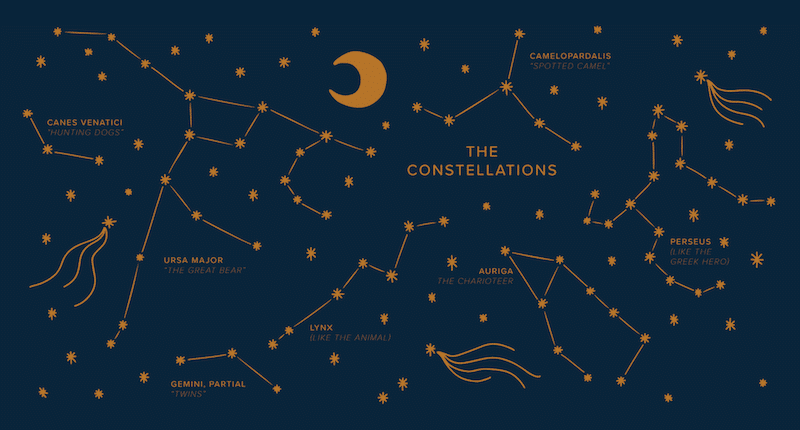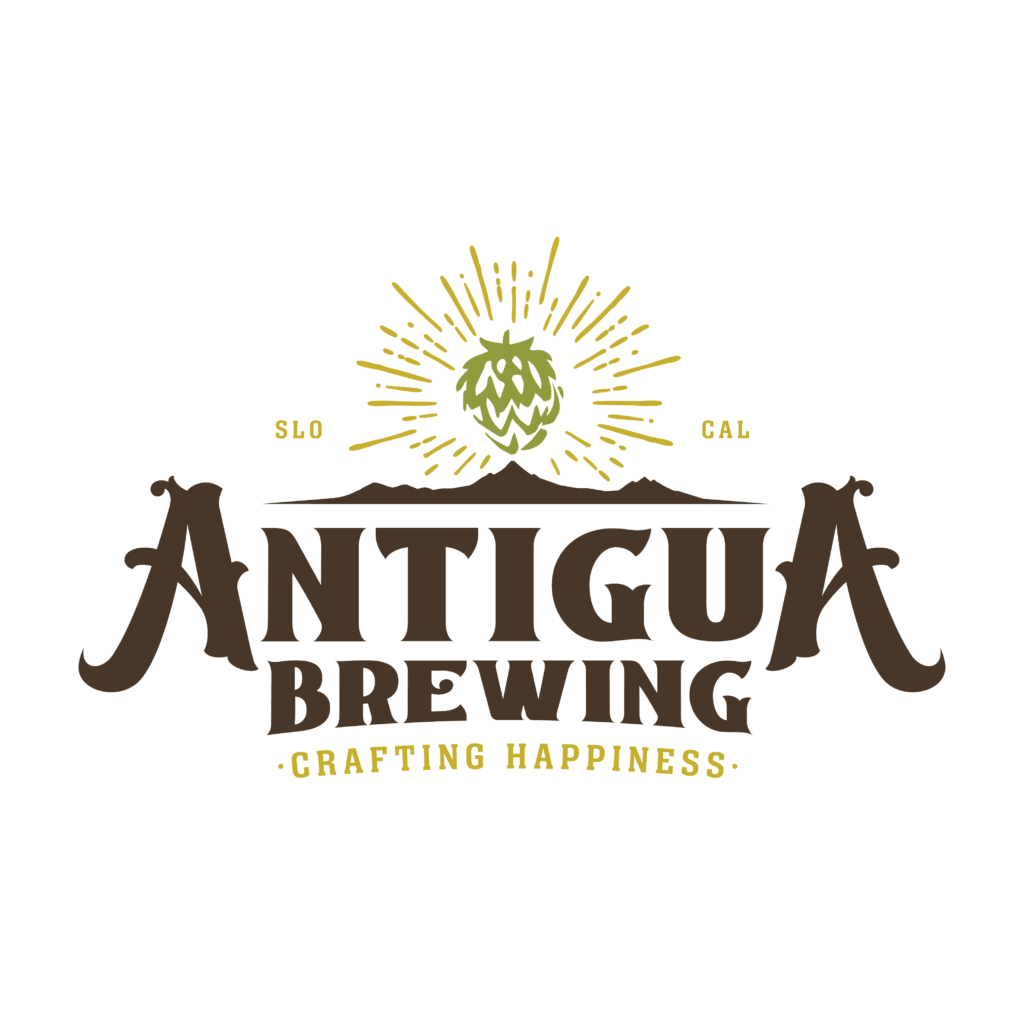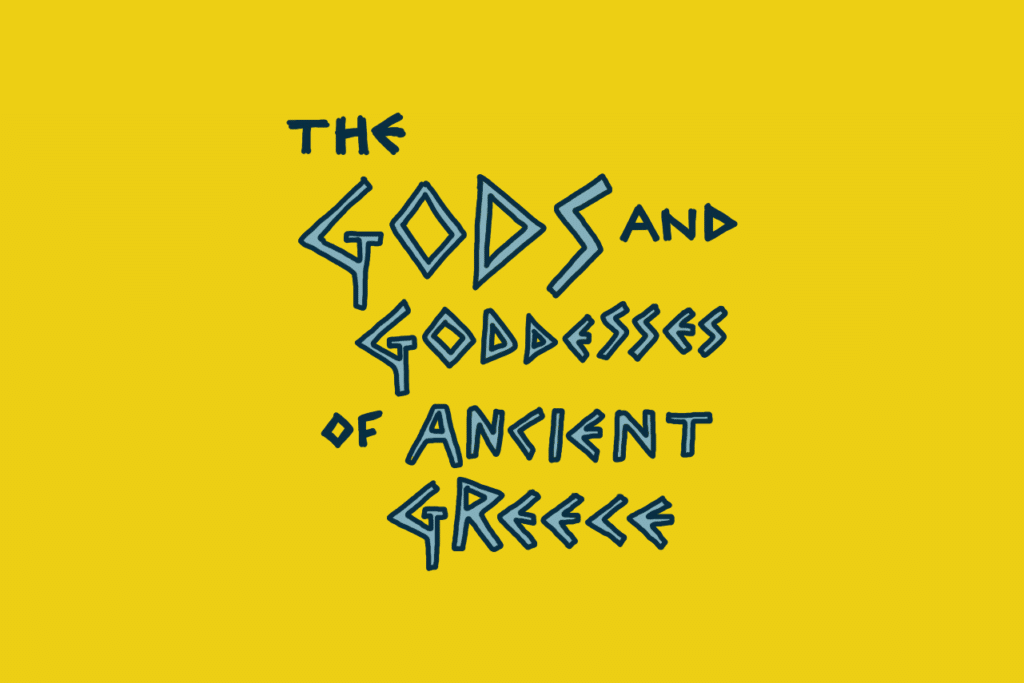Have you seen those sleek new tumblers around the SLOCA campus? If you have already signed up for SLOCA Rewards, swing by the office and pick up your tumbler! If you haven’t signed up for SLOCA Rewards, would you like a free coffee/tea/kombucha every day and monthly exclusive deals supporting our local businesses? With SLOCA Rewards, every day you bring in your tumbler to the Den you have the opportunity to get caffeinated AND support our school AND contribute to your Everything Counts goal. To find out more information and to sign up for SLOCA Rewards click here.
Today, we welcome guest blogger, Sage Theule. Sage is our Design + Marketing Manager as well as the Primary Art teacher. She has written a short overview of this year’s SLOCA Rewards tumbler design and how it connects to our Middle Ages history this year!

Each year, one of my favorite design projects is creating the new SLOCA rewards mug for the school year. As a member of the program myself, I (selfishly) always look forward to creating something I’m personally proud to carry around, and I hope you all enjoy it as well.
This year’s design is the fourth annual limited edition tumbler exclusively for SLOCA Rewards. We started out with a quote and art from Michelangelo in the Renaissance, then Sherlock Holmes and architecture from around the world for American + Modern history, and finally a quote from Marcus Aurelius and symbols from around the world for Ancients.

Now we complete our four year cycle with Hildegard of Bingen and the cosmos! If you haven’t heard of Hildegard, she was a nun in the High Middle Ages but was particularly known for being a polymath or renaissance woman (before the Renaissance of course). She was a writer, composer, philosopher, mystic and also dabbled in medical writing and practice.
This mug features the night sky as Hildegard of Bingen might have seen it: Berlin Germany in 1165, the year she founded her second abbey in Ebingen, Germany.

We used this awesome website to view a star map of what the sky would have looked like around Hildegard’s area. It’s worth exploring—you can input any major city and any year and see what the people alive during that time would have seen. The stars already feel like a universal experience: they are visible anywhere it is dark and clear, any time, from the ancients to today. And you are looking at the same sky as people around the world and across time. But this tool gets you even closer to seeing what others can see.

It seemed fitting to pair Hildegard’s words, which feel timeless despite being written over 800 years ago, with the timeless yet particular night sky scene. Her words inspired us to observe the natural world and imagine. There is power in looking around you, in taking in what nature has to offer. And if the past years, with all their new normals and pivotings, have taught us anything it is to not take the simple things for granted. So…
“Glance at the sun. See the moon and the stars. Gaze at the beauty of the Earth’s greenings. Now, think.”
Happy first week!















